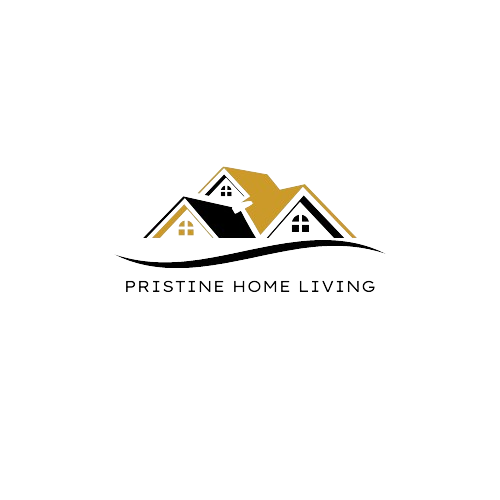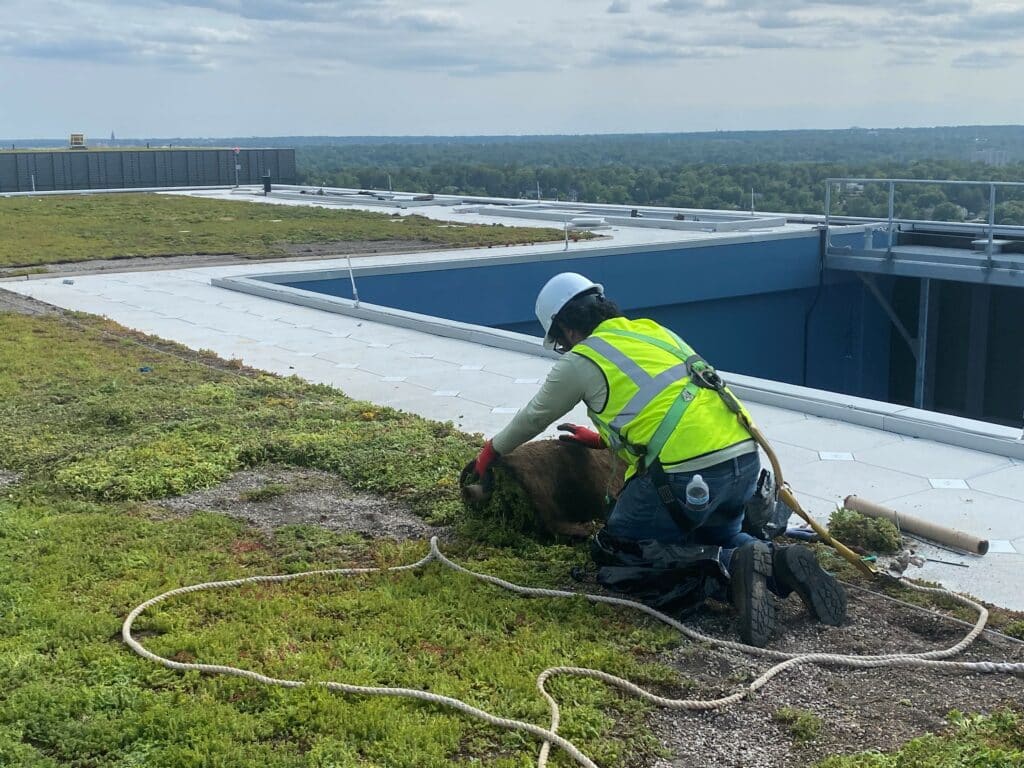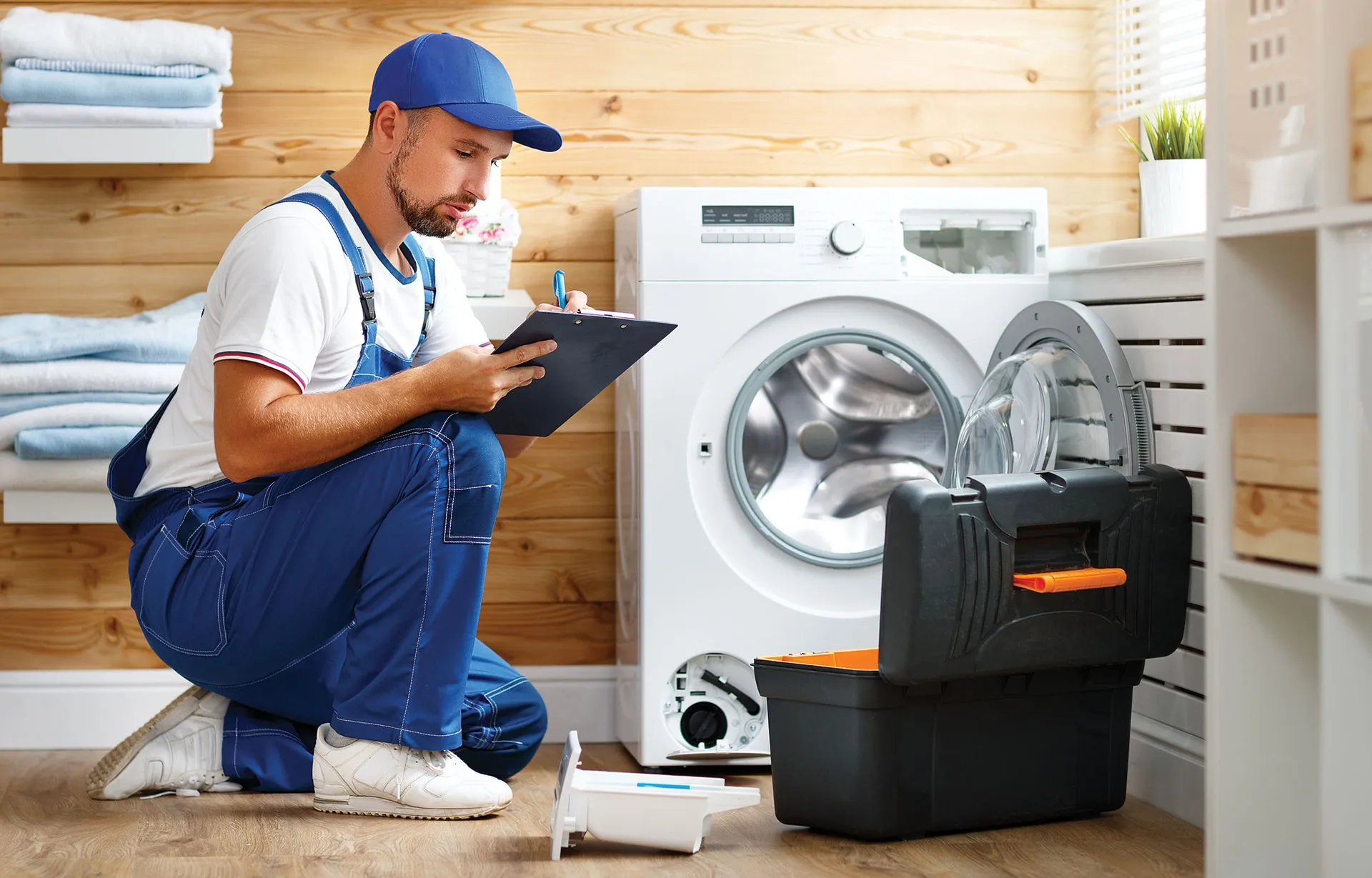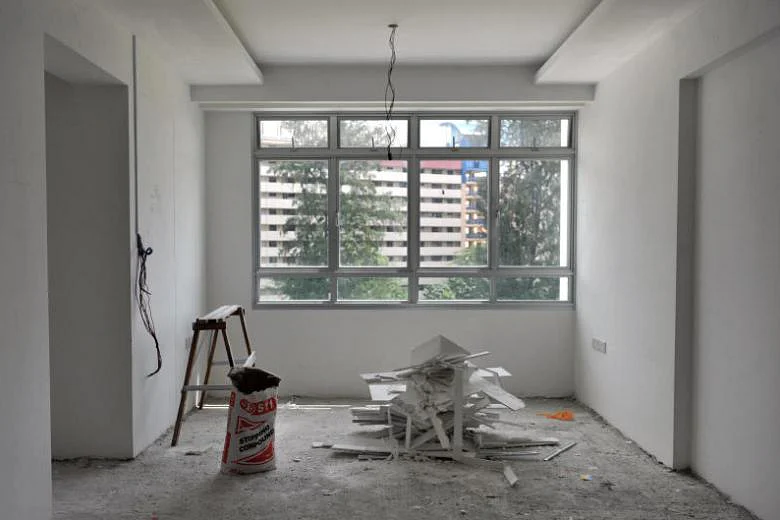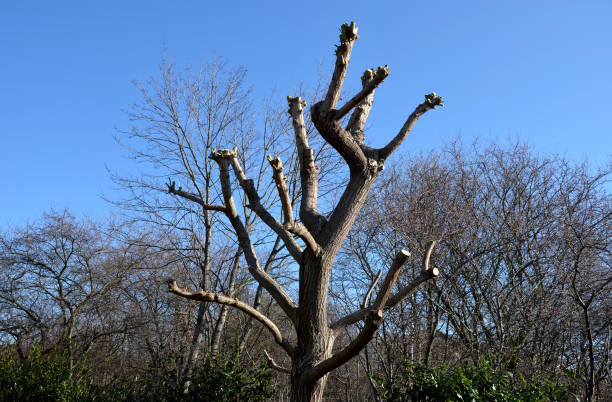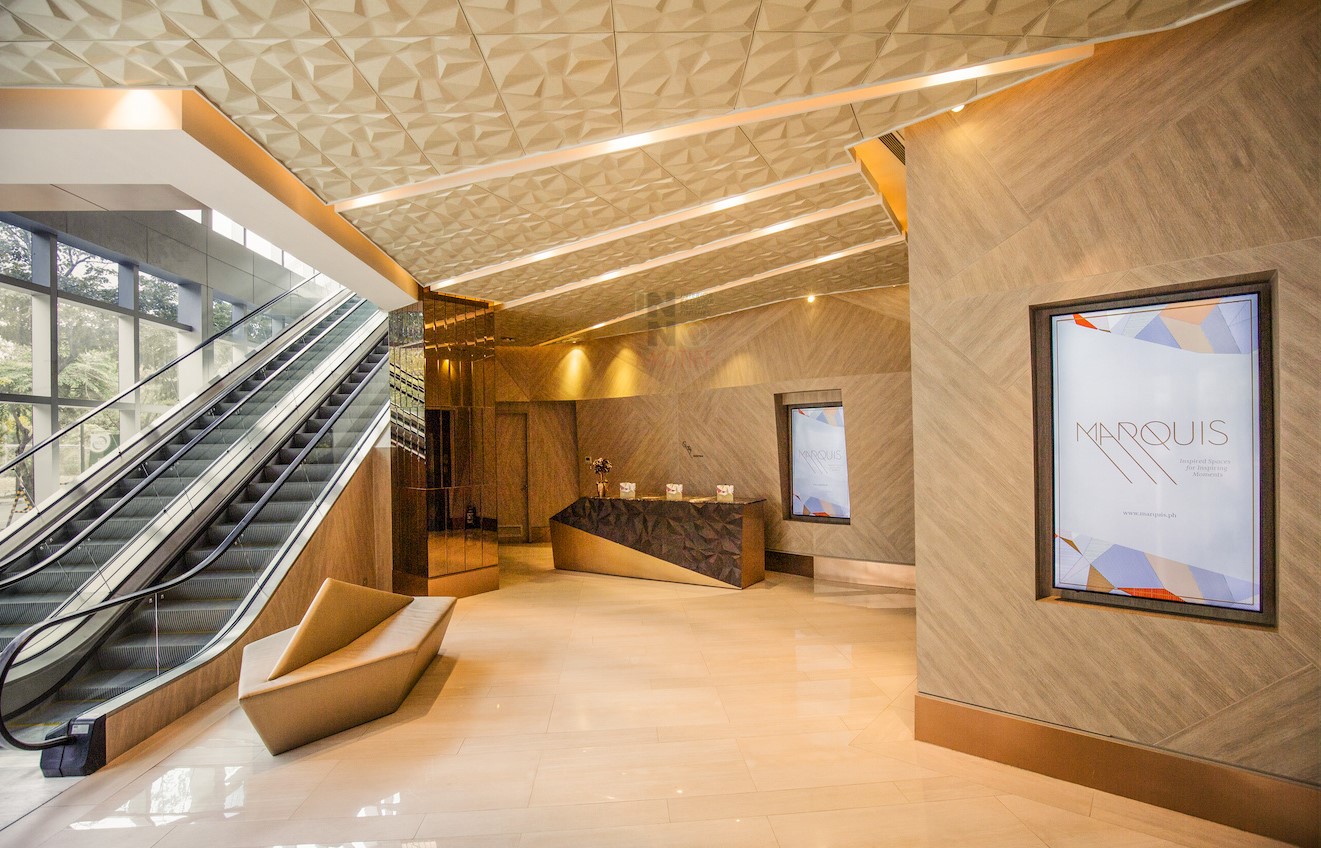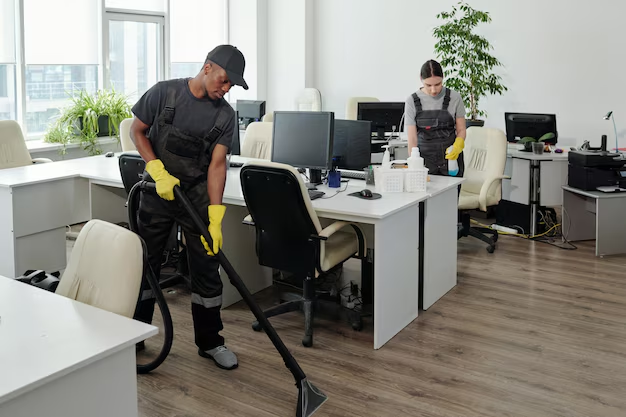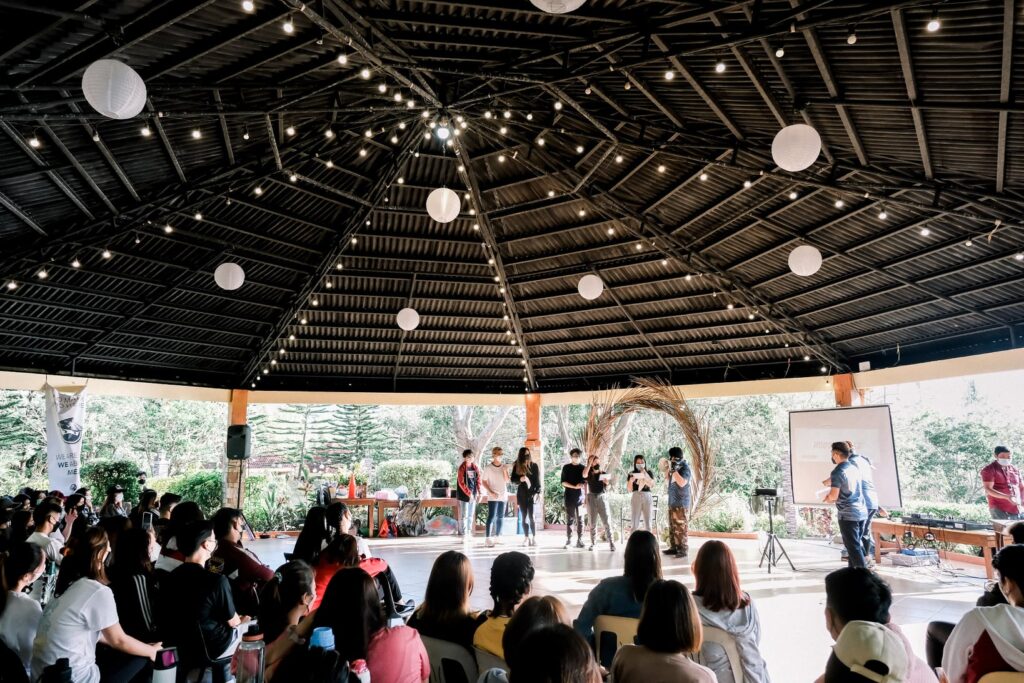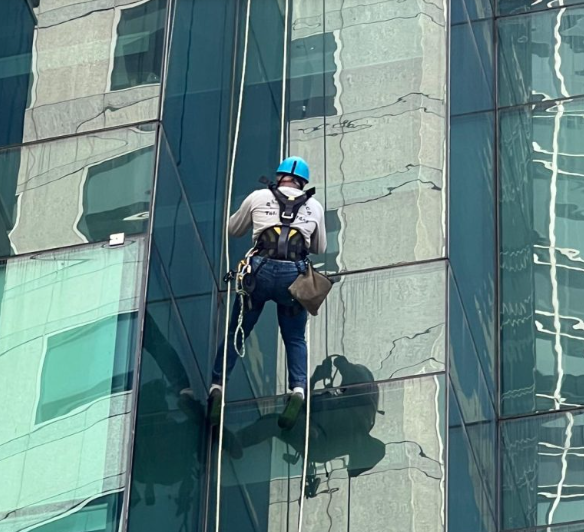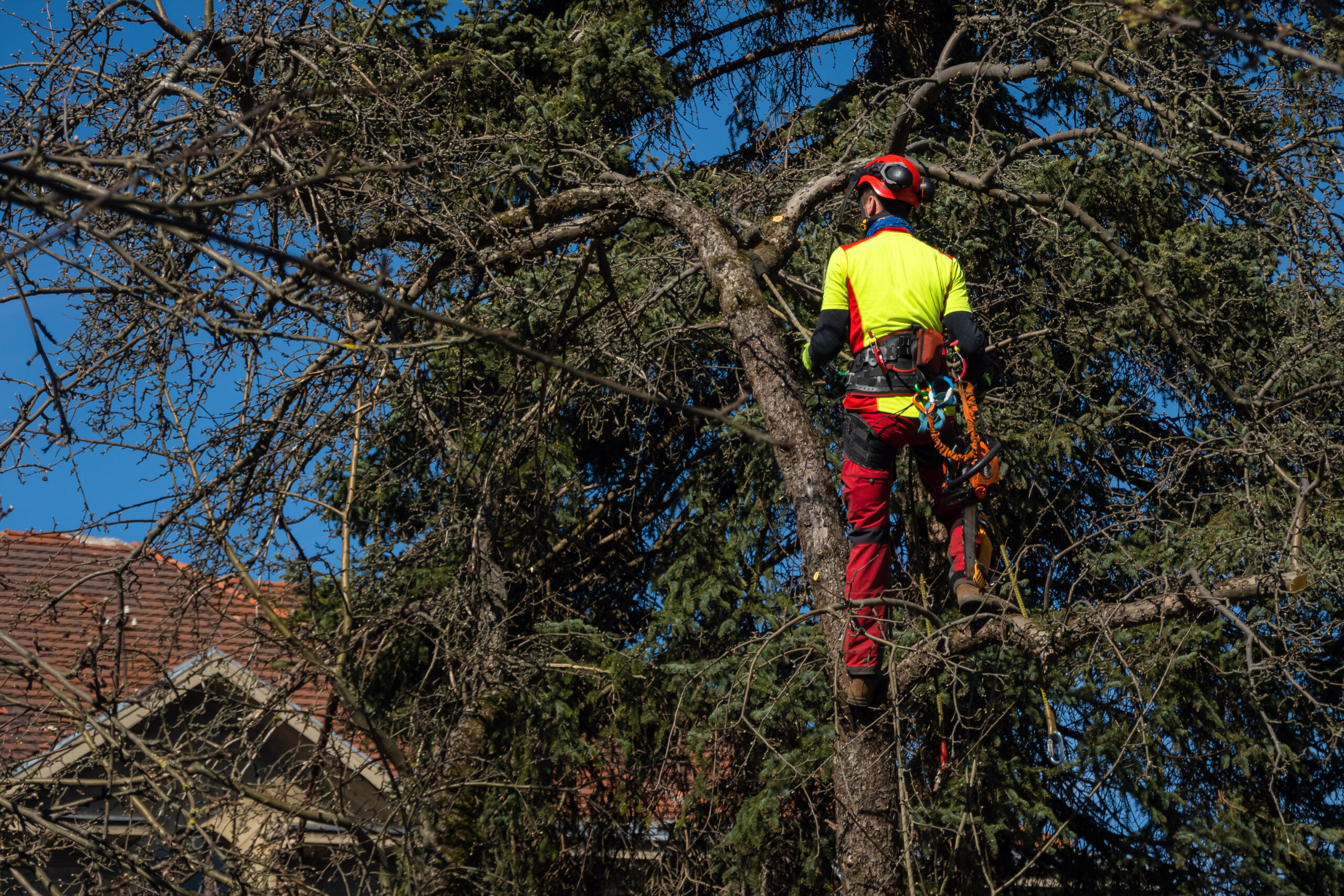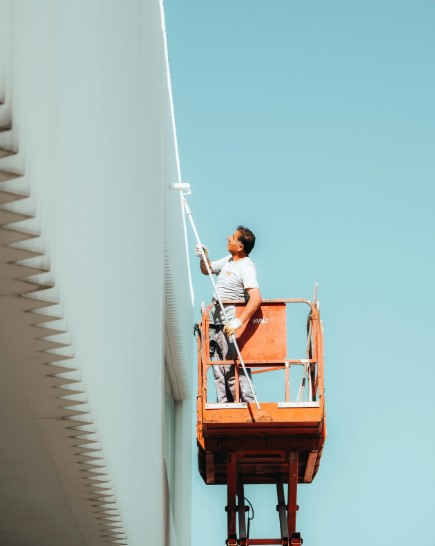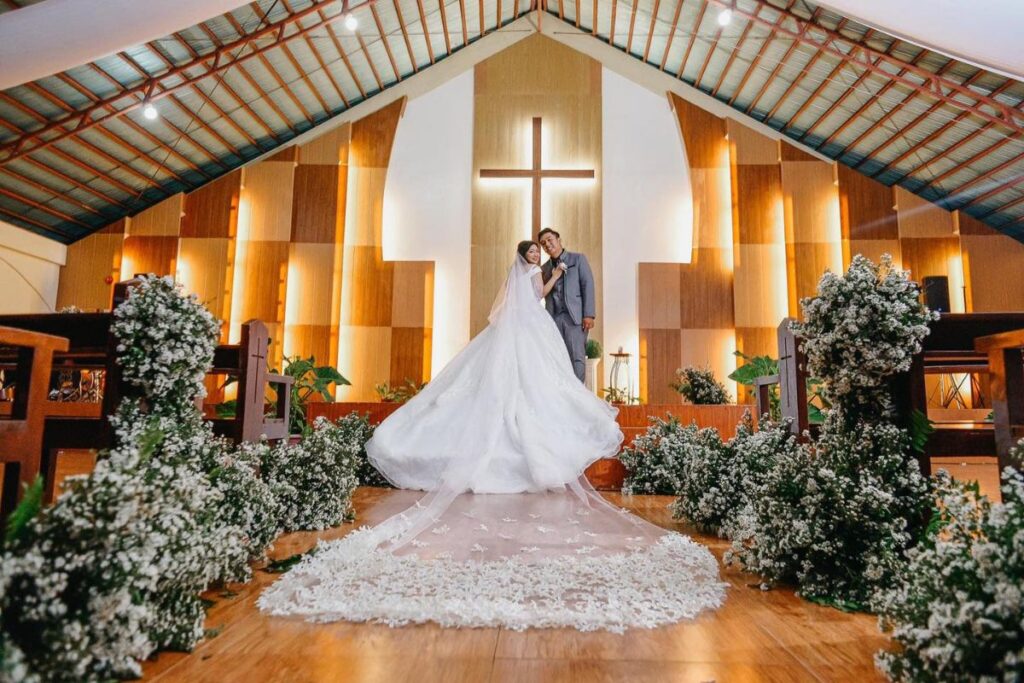Understanding Green Roof Systems
A green roof system is an innovative approach to building design that integrates vegetation and soil layers on the rooftop of structures. It serves as a natural extension of the building, providing both functional and environmental benefits. Green roofs are commonly categorized into three types: extensive, intensive, and semi-intensive. Extensive green roofs are lightweight and low-maintenance, featuring shallow soil and hardy plants like sedums and grasses. Intensive green roofs are more like traditional gardens, allowing for deeper soil and diverse plantings, including shrubs and trees. Semi-intensive roofs strike a balance between the two, offering moderate soil depth and a mix of plants. Key components of a green roof system include waterproof membranes, drainage layers, a growing medium, and vegetation, all designed to work together to maintain structural integrity and environmental efficiency. Integrating a green roof with building architecture requires careful planning, ensuring that weight, water flow, and aesthetic considerations are properly addressed.
Environmental Advantages of Green Roofs
Green roofs provide significant environmental benefits, making them a vital element in sustainable urban development. They help reduce the urban heat island effect by lowering surface and ambient temperatures, which can contribute to cooler cities. Green roofs also improve air quality by filtering dust, pollutants, and carbon dioxide, while releasing oxygen through photosynthesis. Stormwater management is another critical advantage, as green roofs absorb rainwater, reducing runoff and minimizing flood risks. By creating habitats on rooftops, green roofs enhance urban biodiversity, attracting birds, pollinators, and beneficial insects. These systems can also help offset climate change impacts by providing natural insulation and reducing energy consumption. Implementing green roofs in densely populated areas demonstrates a practical solution to environmental challenges while supporting healthier, more livable cities.
Energy Efficiency and Cost Savings
A green roof system can significantly improve a building’s energy efficiency. By acting as an insulating layer, green roofs reduce heat transfer, keeping interiors cooler in summer and warmer in winter. This translates into lower energy costs for heating and cooling, providing measurable savings over time. Additionally, the layers of a green roof protect roofing materials from extreme weather, ultraviolet radiation, and temperature fluctuations, extending the roof’s lifespan. Some municipalities offer economic incentives, rebates, or tax credits to encourage green roof installation, making the initial investment more manageable. Over time, the combination of energy savings and extended roof longevity often offsets the higher upfront cost. Building owners can also enjoy improved property value, as green roofs are increasingly recognized as attractive, sustainable features. Investing in a green roof system is a long-term decision that benefits both the environment and the financial bottom line.
Design Considerations for a Green Roof System
Designing a green roof system involves careful planning to ensure functionality, durability, and aesthetics. Structural load capacity is a critical factor; engineers must confirm that the building can support the additional weight of soil, vegetation, and water. Plant selection is another vital consideration, as different species require varying levels of sunlight, water, and maintenance. Irrigation systems are often incorporated to maintain plant health, especially in areas with limited rainfall. Green roofs can also serve recreational or aesthetic purposes, featuring walkways, seating areas, or rooftop gardens that enhance occupant experience. Drainage solutions are essential to prevent waterlogging, protect the building structure, and promote healthy plant growth. In designing a green roof, it is important to balance environmental benefits, structural requirements, and visual appeal, creating a functional and sustainable rooftop ecosystem.
Maintenance and Longevity
Maintaining a green roof system requires regular attention to ensure its long-term performance. Routine inspections of drainage layers, membranes, and vegetation help prevent potential issues like leaks or plant overgrowth. Fertilization and pruning are essential to support healthy plant growth, while pest control measures protect against harmful insects. Seasonal maintenance may include removing debris, checking irrigation systems, and replacing plants that fail to thrive. Proper maintenance can significantly extend the lifespan of a green roof, sometimes surpassing traditional roofing systems in durability. Choosing low-maintenance plants and implementing an efficient irrigation system reduces upkeep requirements while preserving the roof’s benefits. Over time, a well-maintained green roof continues to provide environmental, economic, and aesthetic advantages, making it a worthwhile investment for building owners.
Challenges and Potential Limitations
Despite its numerous benefits, a green roof system presents some challenges that must be considered. Installation costs are generally higher than conventional roofing systems, which can be a barrier for some property owners. Structural support is crucial, as not all buildings are designed to carry the additional weight of soil, vegetation, and water. Climate can also limit plant selection and affect maintenance requirements, with extreme heat or cold potentially stressing vegetation. Waterproofing failures, drainage issues, or improper installation can lead to leaks and structural damage if not properly addressed. Ongoing maintenance is necessary to prevent plant overgrowth, pest infestations, and nutrient depletion. Understanding these limitations and planning for mitigation strategies ensures the green roof system performs effectively and remains sustainable.
Applications Across Different Building Types
Green roof systems can be applied to a wide variety of building types, offering benefits for both private and public spaces. Residential rooftops can support small-scale gardens, providing homeowners with natural insulation, visual appeal, and space for recreation or gardening. Commercial buildings, including offices and retail spaces, benefit from energy savings, improved air quality, and enhanced brand image through sustainable design. Public facilities such as schools, hospitals, and government buildings can leverage green roofs to manage stormwater, reduce energy costs, and create outdoor learning or recreational spaces. Industrial facilities and warehouses may also incorporate green roofs to reduce heat load, control runoff, and support corporate sustainability goals. The versatility of green roofs makes them suitable for urban, suburban, and even rural environments, providing practical and ecological advantages.
Future Trends in Green Roof Technology
Green roof systems continue to evolve with advancements in technology and materials. Modular green roof systems allow for easier installation, customization, and maintenance, enabling wider adoption in urban areas. Some green roofs now integrate solar panels, combining renewable energy generation with natural insulation for even greater efficiency. Smart irrigation systems and sensors help monitor moisture levels, reducing water waste and optimizing plant health. Innovative materials, including lightweight soil mixes and enhanced drainage layers, increase the feasibility of green roofs on a broader range of buildings. Urban planning policies are increasingly promoting green infrastructure, recognizing the ecological and social benefits of green roofs. These trends indicate a growing role for green roofs in sustainable development, urban resilience, and climate adaptation strategies.
Frequently Asked Questions (FAQ)
What is the average cost of installing a green roof system? Costs vary depending on roof size, type, and plant selection but typically range from $10 to $30 per square foot for extensive systems and $25 to $50 per square foot for intensive systems.
How long does it take to establish a fully functional green roof? Extensive green roofs can become functional within a few months, while intensive systems with larger plants may take a year or more to mature.
Can any building support a green roof? Buildings need to be structurally assessed to ensure they can support the weight of the green roof, including soil, vegetation, and water.
Are there tax incentives or grants for green roof installation? Many cities and states offer financial incentives, rebates, or grants to encourage the installation of green roofs.
How do green roofs affect property value? Properties with green roofs often see increased value due to energy savings, enhanced aesthetics, and sustainable features that appeal to buyers or tenants.
Takeaway
Implementing a green roof system is a forward-thinking strategy that combines environmental responsibility, energy efficiency, and aesthetic appeal. By understanding the design considerations, maintenance requirements, and potential challenges, building owners can make informed decisions that benefit both the structure and the surrounding environment. Green roofs are not only a sustainable solution for modern buildings but also a way to foster healthier, more resilient urban spaces.
